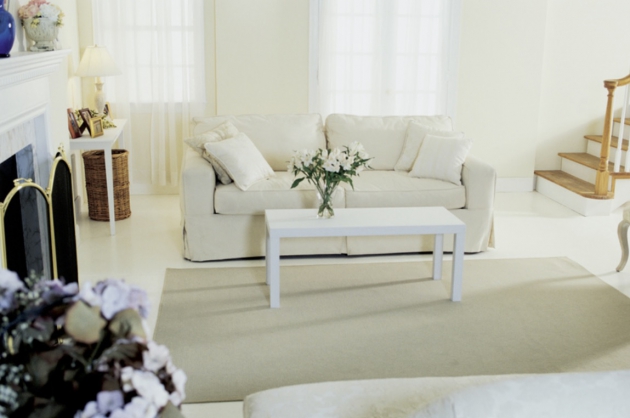Summer is here and with this season the vacation days arrive and it’s time to kick back and relax. But, when you leave home, it’s tempting to switch the air conditioner off and leave for a well deserved break. This is not the best approach, it’s usually a better idea to keep the AC running while you’re gone rather than shut it off.
What Can Happen if I Leave the AC Off?
The AC system acts as a basic dehumidifier, it removes moisture from the home, and with the AC unit off, you could return to a home with a layer of condensation on surfaces. If you’re leaving for a few days, this trapped moisture can even lead to mold growth. When the AC system isn’t running, the indoor temperatures will match or even exceed the hotter outdoor temperature. When wooden doors and windows and certain building materials can contract and expand, which leads to warping issues. So, it’s a great idea to leave the AC system on, but what is the best way to do this?
How to Prepare an AC System for Absence
If the AC system fails when you are away, all your preparations will be futile. So, it’s prudent to adopt a proactive approach with some essential preventative maintenance. The air filter should be checked and replaced if needed and the drain lines need to be clear. The vent flaps need to be checked and make sure the thermostat is working. If you’re not sure how to do some of these tasks, contact your local heating and cooling specialist.
Choosing the Optimal Thermostat Setting
Before you leave, set the thermostat temperature to 5-10º higher than your usual setting. When you turn the temperature up you will save energy and still have the aforementioned benefits of running the AC system. Heating and cooling professionals generally agree that 85º is the best AC temperature because it simulates outdoor weather conditions. Smaller temperature variances between outdoor and indoor temperatures will lower the energy bills. The only drawback is that the home may feel a little warm when you return home.
To gain unparalleled control over your indoor temperatures, it’s worth considering a digital or smart thermostat installation. These devices can be controlled remotely in real time via a Wifi connection from your phone, computer, or preferred mobile device. When you set the temperature higher than usual because you’re away, you can turn it on again when you’re close to home. So, when you arrive, the home will be comfortable and inviting after your trip. A smart thermostat will also give you plenty of optimization options to get the best performance and energy efficiency out of your HVAC system.
5 AC Tips for Summer
Whether you’re at home or you’ve left for a vacation there are five AC tips that can make your life much easier. They are:
- Open Bedroom Doors: This will increase the airflow in the entire home to keep the ambient temperature stable at no extra energy cost.
- Close Curtains and Blinds: Natural sunlight hitting the windows can warm up the rooms in the home which makes the AC system work harder than it needs to.
- Unplug Electronic Appliances: These can generate heat.
- Do Laundry: Don’t leave laundry until you return from your vacation because it can be a source of moisture and mold growth.
- Take Out the Trash: This can attract moisture too and this can create foul smelling mold and mildew growth which will ruin your return home.
In Conclusion
If the AC system is set up correctly before you leave for your vacation you can avoid many common problems. The home will be kept at an optimum temperature to protect your wooden doors, floors, and soft furnishings. So, you can sit back and relax with no need to worry about the integrity of your home or high energy bills.
If you need some essential AC maintenance for your home, contact your local heating and cooling specialist. An experienced HVAC technician can not only evaluate your equipment to ensure that it is performing at optimum efficiency, but also guide you through the various ways that you can improve the efficiency and effectiveness of your AC. So, you’ll be able to enjoy the ideal comfort levels inside your home without running up massive energy bills.

